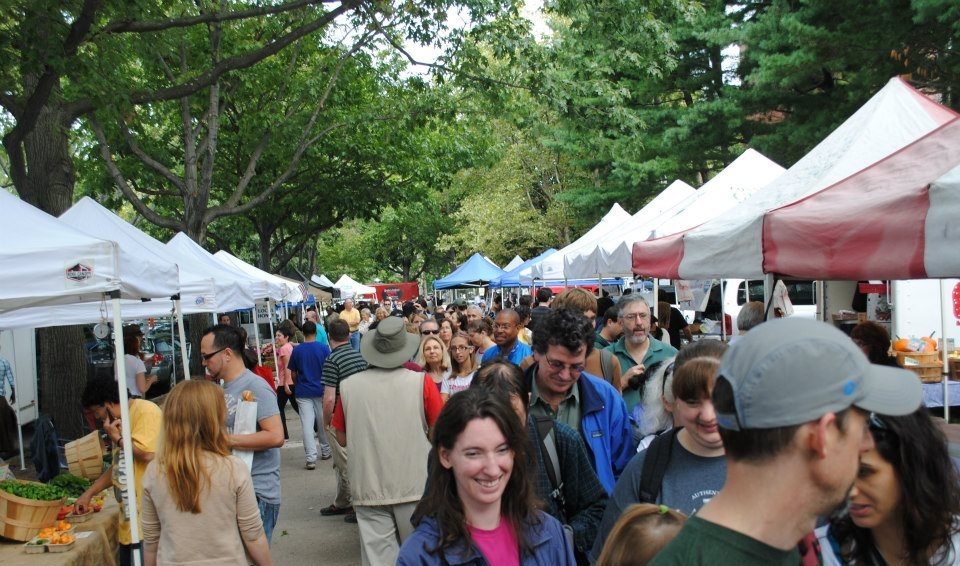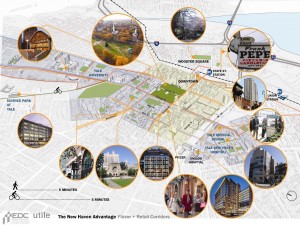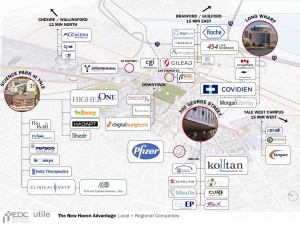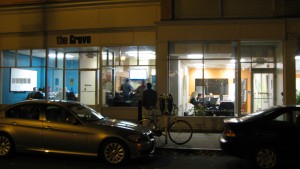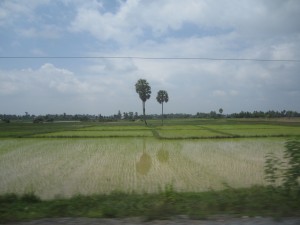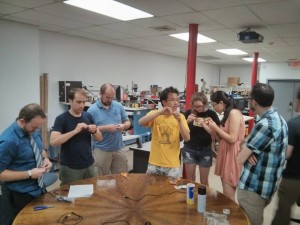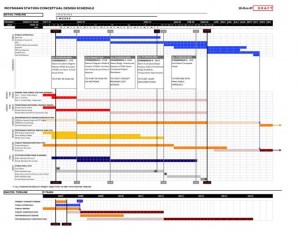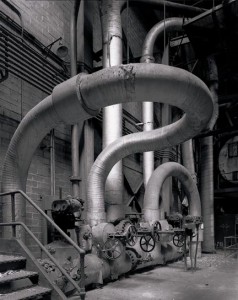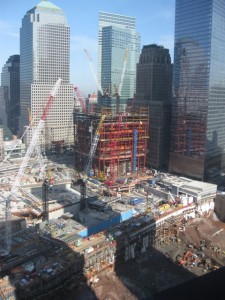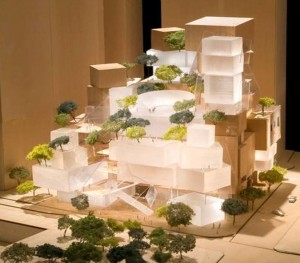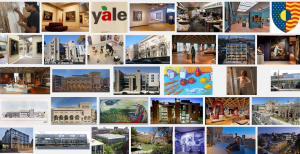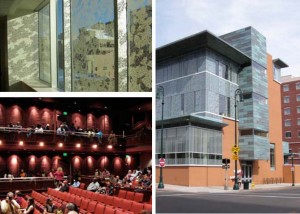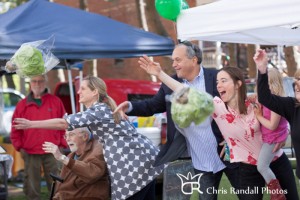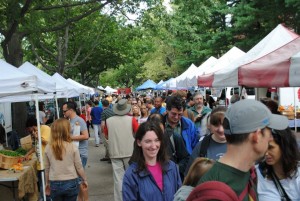The following sequence of projects represent my background in terms of specific initiatives or proposals that relate to the themes observed from the planning/conceptual work as seen on the background-concept projects page. These specific implementations then led to recurring themes that will continue to be part of my portfolio going forward–in forward themes.
NETWORKS CREATE SCALE:
MassDevelopment Transformative Development Initiative
2014-present, MassDevelopment Director of Transformative Development
Leading new cross-agency initiative for quasi-public economic development finance agency for the Commonwealth of Massachusetts. Transformative Development Initiative [TDI] is a place-based integrated approach to district development designed to catalyze private follow-on investment and economic prosperity in re-emerging urban markets. Enabled by the new MA Transformative Development Fund which provides new finance tools for redevelopment, this approach will be piloted in the Commonwealth’s network of Gateway Cities, and will deploy new economic development capacity and real estate equity investments while building on community–driven market-building planning. The initiative will also be coordinating with public and private entities to leverage the new fund with existing finance tools, real estate services, partner agency resources to create systemic and sustainable growth.
Building off of work done at MIT: Connected Development, this new program initiated draws from the proposals included in the thesis research. Recognizing the significant shifts in the innovation economy, developing economic development strategy by utilizing a network of cities as a foundation framework.
2015 (link to Massdevelopment.com)
2013 (link to MIT Thesis)
(link to forward theme connective development)
STRATEGY IS EXECUTED THROUGH ORGANIZATIONAL DESIGN (link to organizational development)
EDC Sustainability Plan
2011-2, Economic Development Corporation, EDC
The original seed funding from Yale University was drawn down on annually, and the funds were to be used for operating funds to support the primary functions of business development–retention and growth services, and some program funds to support third-party consultants for planning work, as well as sponsorships. The primary staff were operating on a deal-by-deal basis, and without a road map of the actual economic climate and/or business development industry opportunities.
During the development of the plan, re-alignment of existing staff with specific industry focus, hiring of new expertise in organizational financial/operations and real estate, operational improvements included an updated fiscal accounting structure with policies and procedures (resulting in the first audit with no material weaknesses), the first annual goal statement with metrics to be evaluated annually, new contact management system for better coordinating contacts across business development staff and the city, as well as increased policy refinements for sponsorships, business improvement district support, and real estate development activities. As well, the agency was partners with other agencies on successful grant applications, and increased joint activities with YEI, CURE, Greater New Haven Chamber of Commerce, Market New Haven, Town Green Special Services District, and the City of New Haven.
The plan was adopted in January 2012. The plan included expansion of efforts to develop new tools to support economic development in the city, especially those that provided revenue producing fees for services. The plan developed refined roles and capacity for procuring a New Market Tax Credit Allocation and deploying credits in development projects, project managing new Business Improvement Districts, inreased federal grant procurement and management, providing technical assistance for regional EDC’s and starting a Real Estate Investment Fund to provide ‘land bank’ and redevelopment activities in identified districts where planning work was occurring.
Although the plan would require additional seed funding from Yale in annually decreased amount, the organization would have reached financial self-sufficiency within 5 years(link to EDC Organizational Design).
(link to forward theme connective development)
MAPS RENDER VISIBLE IMPORTANT COMMUNITIES
New Haven Innovation EcoSystem
2010-2
In order to demonstrate the emerging critical mass of innovation in New Haven, to help shape policy at the State level and help support the foundational needs of the ecosystem–more talent, funding capital, certain types of financing for new and growing ventures and infrastructures. Through the work at the Economic Development Corporation, we helped shape a constituency of innovation among the various and fragmented organizations, startups and institutions in New Haven. In order to create a more visible ecosystem, we first mapped the existing elements–both from a contextual (quality of life amenities) and specific (companies and institutional anchors) perspective. Secondarily we mapped the emerging ‘infrastructures’ that were supportive of incubating new activities and startups that further contributed to the supportive landscape.
Through the work of this mapping, we were able to create additional local and state-wide tools to support further activities. The EDC Board of Directors approved increased funding to re-start infrastructure and planning work in two areas of the city with burgeoning innovation activities: The Medical District and The Mill River.
Increased sponsorships were also supported–supporting YEI, Cure, BioHaven, StartUp Weekend, Project Storefronts, The Grove Coworking Space, and miscellaneous events. InnoHaven and The Grid, as well as BioScience Club House CT, and MakeHaven were launched and developed based on further support from the State of Connecticut.
(link to Medical District to Downtown)
(link to forward theme CityPsyche)
CHAMPIONS EMERGE IN DISTRIBUTED LEADERSHIP
Make Haven
Growing out of the Mill River Plan, and work with the entrepreneurial community, it became quickly apparent that there was a lack of facilities to support making things–facilities often found inside institutional walls and public ones emerging in larger entrepreneurial communities. Working with the local stakeholders who expressed interest in the idea, the group researched locations and other similar facilities, built a community of users and dues-paying members and started moving donated equipment into a space near some of the other growing entrepreneurial support facilities (co working, tech companies, design companies, cafes, and train station).
Make Haven is now a member supported solvent non-profit institution whose membership has increased steadily and can support part time management staff. it has increased its educational programming and diversified its revenue stream.
(link to Mill River Plan)
(link to MakeHaven)
(link to forward theme flux and place)
ALIGNMENTS HAPPEN AT ITERATIVE POINTS
2008-9: Project Management at Moynihan Penn Station Leads to Current Day plan
Scheduling the Railroads: This schedule is a representative sample of documents created to help organize the design process for the Moynihan/Penn Station Process of 2007-8. The railroad agencies each had differeing governances, policies, objectives, and ownership interests in the station and the complexity of agency sign off (and the project itself) stymied progress during the design process. Most of the agencies operated in a more traditional linear design approval process for independent construction and capital improvement projects, and were unused to working with eachother in a larger shared context.
In order to communicate the iterative design process, assuring the railroad agencies concern about responsibility for ‘sign off,’ through identifying the ‘consensus’ objectives to gain their trust and engagement in the process. In order to communicate the number of related activities running in parallel (primarily due to the shortened/accelerated time frame), a visual diagram caught the activities more accurately. This document provided a transparent, legible and accessible roadmap for the process and the stakeholders.
After many years, it appears that the project may be returning to life, and the original transportation agencies and stakeholders (public and private champions remain, sometimes from a different perch) maintain a vision crafted during this earlier planning process.
(link to Penn Station Project)
(link to forward theme connective development)
CONSTITUENCY IS REQUIRED TO SHAPE VISION TO REALITY
2007-10: World Trade Center Performing Arts Center
The effort of this project required aligning interests among the City Departments (Department of Cultural Affairs, City Planning) as well as a variety of arts groups such as the Joyce Theater, who had been designated the facility anchor, with various departments and agencies of Port Authority of New York and New Jersey, MTA, and Empire State and Lower Manhattan Development Corporation. The work entailed multiple consulting teams from various in-process projects as well as creating a constituency of stakeholders to create a visible presence for the future program that had no official organization and only minor funding in place.
The foundations for the future building were built during the track and station/memorial construction. The future building can be built.Although the constituency was created to ‘save’ the project from removal by the State government during the City government tenure, it still lacked a champion that would be required to continue the project. During the end of the Bloomberg Administration, a Board of Directors was formed for the future PAC, and fundraising began. However, the political winds chaging during the length of the design and construction process for the overall site left a very weak infrastructure to advocate for the project in its initial location. Additionally, the design concept and programming anchor were in name only, and did not carry significant funding contributions to secure its future. It’s future is still uncertain.
(link to World Trade Center Project)
(link to forward theme city psyche)
PARTNERSHIPS LAY FOUNDATIONS (link to arts organizations/information)
2006-8: New Haven Arts Network for Cooperative Arts & Humanities High School
In order to facilitate programming, and future integration into the downtown, I led early efforts to build partnerships with related arts and Yale institutions, creating sustainable links to jobs and training for students. These early partnerships have now fully immersed the school facility as a core piece of economic infrastructure in the city. Its public access facilities as well as classrooms are used by neighboring arts groups, businesses, and students from all the other schools who have facilities near (Yale) and far (Quinnipiac University, Southern Connecticut State University).
These initial partnerships have grown into significant follow on partnerships and activities such as master classes for students to performers from the nearby historic Shubert Theater, Coop Center for Creativity which is a partnership between the school and ArtSpace (non profit arts organization), and the breadth of internships offered to High School students every year.
(link to Cooperative Arts & Humanities High School)
(link to forward theme CityPsyche)
PLACE MATTERS: INSPIRES COMMUNITY (link to CitySeed)
2004-2012 CitySeed, Co-Founder, and member of Board of Directors
What started as an inspiration from the Madison Wisconsin Farmers Market, and a conversation with neighbors to bring fresh local tomatoes to my neighborhood, developed into a successful farmers market/series of markets and formation of a non-profit entity to manage the markets and shape local food policy. The project emerged out of a conversation at a community ‘soup night’ and within six months we had a successful first season of the market–going from 6 vendors to about 12 in 2004.
Most importantly this small activity provided a hub of community in a neighborhood that was otherwise stable, but underserved with amenities, and a flat real estate market. Within a few years, the public park was more well utilized, property values increased, and additional businesses opened in the neighborhood to support the needs of residents.
After this initial success, the organization expanded to operate 5 farmers markets across the city within the first three years, adding a sixth market and a mobile market by the next four. In addition, numerous food security programs were developed, and educational programming, as well as the development of a food-share community supported market program that further reinforces the potential security of the market for the farmers. It also staffed and coordinated the Food Policy Working group for the City, coordinating numerous health, food and commerce organizations around food policy, and staffs/supports BuyCT Grown website/marketing campaign for the State.
CitySeed was the first in the State to take EBT/WIC coupons for food redemption, and considered additional programming to make the markets and the fresh CT produce/products available to a broad community base. It was also first in the state to have a year-round market. Just in the last years, the organization celebrated its 10th anniversary, opened an interior winter market, and secured a formal 2-year funded Food Policy Director position for the City of New Haven.
As the market system grew, and my role evolved into the Economic Development Corporation, the markets expanded to support more and more prepared foods and food entrepreneurs which allowed new business starts to incubate and grow with a diverse customer base. Many of these companies then grew and expanded into bricks-and-mortar businesses within the City.
(link to Overture Center)
(link to forward theme Flux & Place)
